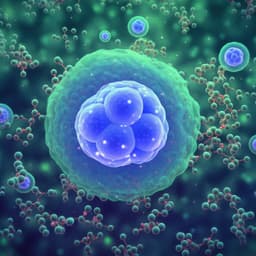
Engineering and Technology
Synergistic morphology and feedback control for traversal of unknown compliant obstacles with aerial robots
E. Aucone, C. Geckeler, et al.
Imagine a drone that can slide through vegetation instead of avoiding it! This innovative research by Emanuele Aucone, Christian Geckeler, Daniele Morra, Lucia Pallottino, and Stefano Mintchev showcases a bio-inspired method where a sensorized shell allows safe traversal through unknown compliant obstacles, revolutionizing environmental monitoring and more.
Playback language: English
Related Publications
Explore these studies to deepen your understanding of the subject.







